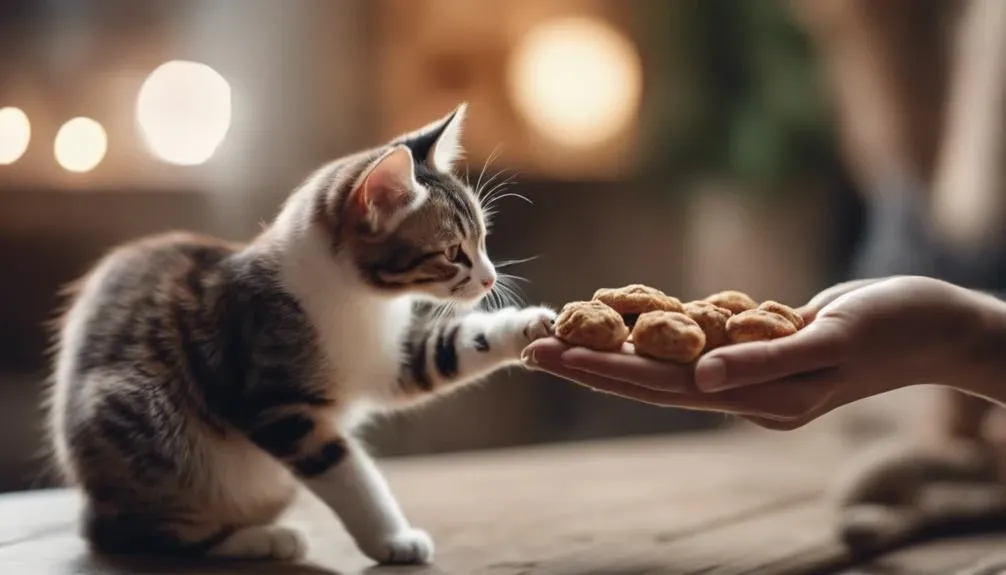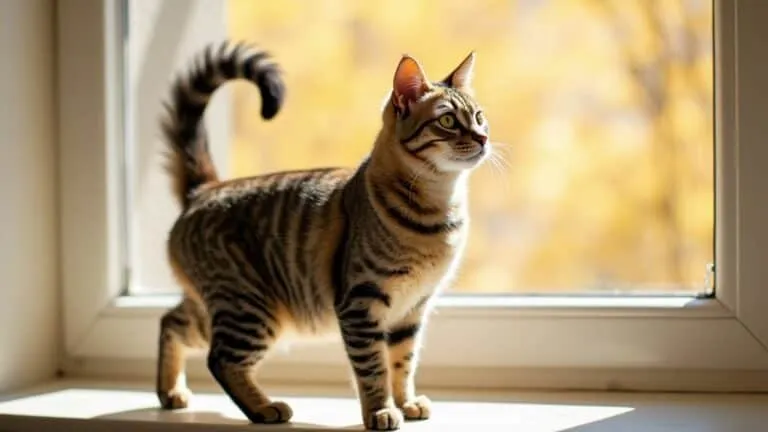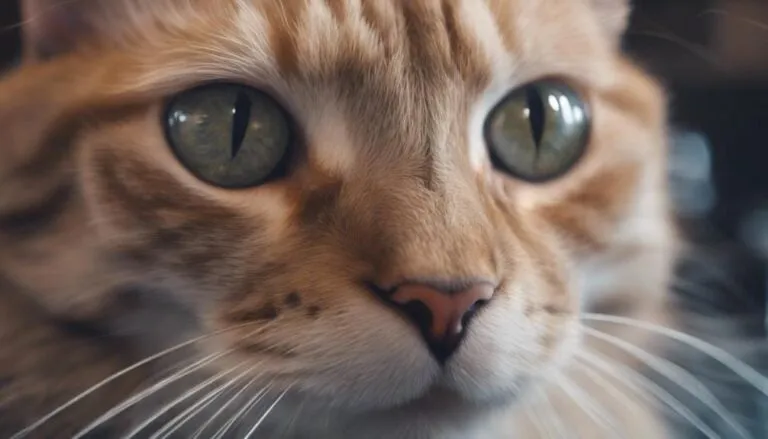The Best Fluffy Pancakes recipe you will fall in love with. Full of tips and tricks to help you make the best pancakes.

When working with the `cat` command in Linux, have you ever found yourself unsure of how to properly end it?
There are three straightforward steps that can help you accomplish this task seamlessly.
By following these simple instructions, you can efficiently manage the `cat` command and ensure a smooth transition back to the shell prompt.
Key Takeaways
- Press Ctrl + D to smoothly close files and return to the shell prompt.
- Properly ending the cat command ensures task completion without extra input.
- Mastering Ctrl + D enhances efficiency in managing the cat command.
- Using Ctrl + D correctly at the start of a new line is crucial for termination.
Disabling Cat Command
To effectively disable the cat command in Linux, simply press CTRL+D to signal the end of the file, terminating the command and returning you to the shell prompt.
When you use the cat command to view or create a file, pressing CTRL+D is a quick way to end the process without any fuss. This action helps you seamlessly transition back to your regular terminal activities.
By mastering this key combination, you ensure that the cat command is properly terminated, preventing any unexpected behavior that could occur if you were to mistakenly press Enter instead of CTRL+D.
Remember, using CTRL+D correctly safeguards the completion of your file-related tasks and allows you to navigate the shell prompt efficiently.
Embrace this simple yet powerful method to disable the cat command and streamline your Linux command-line experience.
Terminating Cat Command
Ready to effortlessly terminate the cat command in Linux? Just press Ctrl + D to smoothly close the file and exit the cat command, signaling the end of the file. This action ensures a seamless transition back to the shell prompt, allowing you to resume your regular terminal activities without any interruptions.
By pressing Ctrl + D at the end of the file, you're effectively indicating the end of the input to the cat command. It's important to note that you should avoid pressing Enter after using Ctrl + D to prevent any additional input from being mistakenly added.
Upon pressing Ctrl + D, the file will be closed, and you'll be returned to the shell prompt, marking the end of your interaction with the text. Remember to use Ctrl + D at the start of a new line to properly terminate the cat command. If necessary, don't hesitate to press Ctrl + D a second time if you aren't at the beginning of a line. This simple key combination efficiently manages the standard input, allowing you to gracefully reach the EOF.
Ending Cat Command
When ending the cat command in Linux, simply press Ctrl + D to smoothly close the file and return to the shell prompt. Using Ctrl + D will signal the end of the file and properly close it without the need to press Enter.
This action effectively exits the cat command and ensures a clean transition back to the shell prompt. Remember, after using Ctrl + D, avoid appending an unnecessary Enter command to prevent any issues.
It's crucial to apply Ctrl + D at the beginning of a new line to guarantee the file is closed correctly. By following these steps, you can efficiently manage and end the cat command while maintaining a structured workflow in your Linux environment.
Frequently Asked Questions
How Do You End the Cat Command?
When ending the cat command, remember to use Ctrl+D to close the file and return to the shell prompt smoothly. Avoid pressing Enter afterwards. Press Ctrl+D a second time if necessary to ensure proper closure.
How Do You Complete the Cat Command?
To complete the cat command, use it for file manipulation, text display, and data viewing. It's a versatile tool in Unix basics. Remember to end it with Ctrl+D to save changes and return to the shell prompt.
How Do I Exit Cat Command on Mac?
To exit the cat command on your Mac, press Ctrl + D. This keyboard shortcut signals the end of file input, allowing you to return to the terminal prompt swiftly. Remember not to hit Enter afterward to prevent issues.
What Is the Cat Command in Brief?
The `cat` command in Linux is a versatile terminal command. It excels at file concatenation, output redirection, and text display. It serves as a file viewer, input stream handler, and aids in text manipulation within shell scripting.
Conclusion
Now you know the simple steps to efficiently end the `cat` command in Linux. By following these steps, you can ensure that your file is properly closed and you can return to the shell prompt without any issues.
Remember to press `Ctrl-D` to signal the end of the file, avoid pressing Enter, and press `Ctrl-D` again if needed.
Keep practicing and soon it will become second nature to you. Happy coding!








